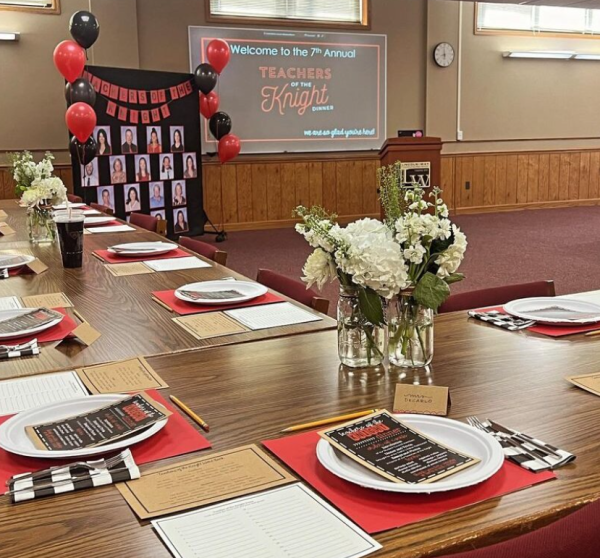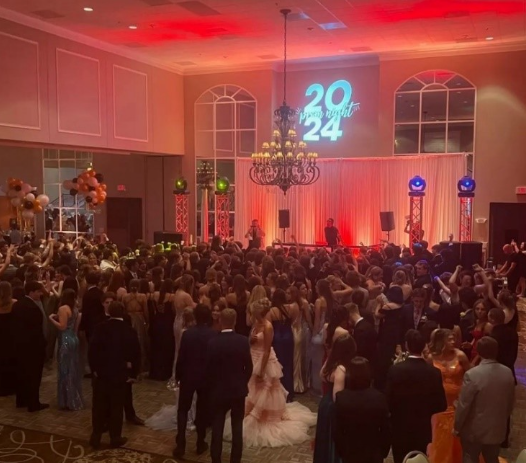December Holidays
Yes, there’s more than Christmas!
It’s the start of the global holiday season this December; a time that signifies family and love, bringing everyone together. Here are just some of the many holidays celebrated around the world we should all learn more about and mark on our calendars.
Christmas (Dec 25th): Christmas is a traditionally religious holiday celebrating the birth of Jesus on the 25th of December, though the holiday is now very different than what it was originally. Now being celebrated by Christians and non-Christians alike, originally Christmas lacked the over-the-top decorated tree, gift giving, and dear old Santa Claus. Unknown the true origin of the holiday, Christmas was a day of worship and mass, the holiday gaining recognition around the 9th century by churches. Only around the 17th to 18th century more well-known aspects of the holiday began such as the act of gift-giving and the decoration of the Christmas tree, starting in 1605 when fir trees were first decorated with apples in Strasbourg. In the 19th century, Santa Claus became a symbol of Christmas as the poem A Visit from Saint Nicholas by an anonymous writer and published in the Troy Sentinel highlighted how gifts were given to the children by Saint Nicholas – later developing into the modern-day Santa Claus.
Hanukkah (Dec 18 sunrise to Dec 26 nightfall): Hanukkah is a Jewish holiday that celebrates the rededication of the second temple by Judah and the Maccabees in Jerusalem164 BCE after its desecration. Often called the festival of lights or feast of the Maccabees, a major Hanukkah tradition is the lighting of the 9-candled menorah. This commemorates a miracle: according to the Talmud, once Judah and the Maccabees recovered the temple, they found it was in shambles with only enough oil left to light the menorah for one day. They then lit the menorah and found that miraculously it lasted eight full days. Like the miracle, Hanukkah also lasts eight days – each of which at sundown you light one candle on the menorah to symbolize each day the miracle menorah burned for. The first of the nine days is called the shamash or “helper” because it is helping to light the other 8. The menorah is not the only aspect of the holiday, though. Many people give gifts and decorate with blue, gold, and silver colors as well.
Kwanzaa (Dec 26 to Jan 1): Kwanzaa is a non-religious holiday celebrated by Black and African American people meant to affirm values shared in the culture. Created in 1966 by Maulana Karenga, Kwanzaa draws off the South African “first fruits” celebrations. Kwanzaa, means “first” in Swahili. Celebrated over seven days, each day of Kwanzaa celebrates a positive aspect seen in the community through a candle-holder. The first day a black candle is lit symbolizing unity; the second day, symbolizing self-determination; the third day, symbolizing collective responsibility; the fourth day, cooperative economics; the fifth day, purpose; the sixth day, creativity; and finally, the seventh day representing faith. Usually, the last day of Kwanzaa is celebrated with a feast of traditional African foods called the Karamu and people celebrating sometimes wear traditional attire to the feasts.
Bodhi day (Dec 8): Bodhi day is a religious holiday that commemorates the enlightenment of Siddhartha through meditation. Figuring out suffering and freeing himself through meditation becoming a Buddha, December 8th symbolizes the beginning of Buddhism as a whole. Bodhi day, unlike other holidays, is celebrated in a quiet way. Most Buddhists spend the day meditating or enriching their faith. Bodhi day is dubbed after the Bodhi tree Siddhartha had his revelation under, and because of this many celebrators of this holiday decorate their own Bodhi tree. This tree usually consists of lights, statues of the Buddha, and wax candles.
Las Posadas (Dec 16 to 24): Las Posadas is a religious holiday celebrated mainly in Latin America held by churches and small towns. Las Posadas translates from Spanish to “the inns”, referring to the process of Joseph and Mary in Christian scripture knocking door to door asking for shelter to have their baby. The holiday traditionally includes a parade or interactive performance by children and adults in the towns, dressed in traditional attire and holding candles with images of Mary and Joseph. The people of the performance are instructed to go door-to-door asking for shelter. Sometimes a musical aspect is involved, such as a Mariachi or hymns. Decorations play a key role in the tradition as decorating shows togetherness in the town; everyone pitches in for the cost to hang garlands and to put out candles. At the end of the parade, usually people gather for a mass in church reflecting on the day. Food is sometimes served and festivities ar eheld for the kids such as teh breaking of a pinata.






